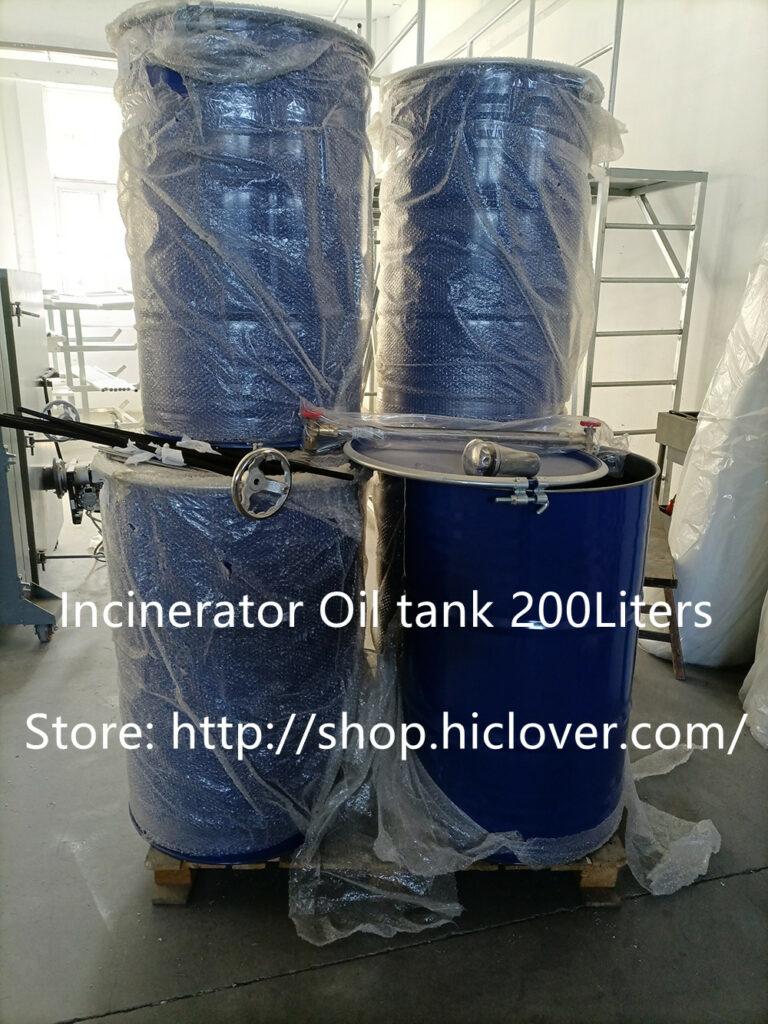In recent years, China has seen a rapid increase in urbanization, leading to a growing waste management problem. As a result, the demand for clean and efficient waste incineration technology has also been on the rise. In response to this demand, the country has been investing in the development of green incinerators in its urban centers.
Traditional incineration processes have long been criticized for their negative impact on the environment, as they often produce high levels of air and water pollution. However, green incinerators are designed to mitigate these environmental concerns by incorporating advanced technology and stricter emission control measures.
One such example of a green incinerator is the waste-to-energy facility in Shenzhen, which uses state-of-the-art incineration technology to convert waste into electricity. The plant operates at a high efficiency, minimizing the environmental impact and maximizing the energy output from waste.
In addition to efficiency, green incinerators in China also prioritize environmental protection. They are equipped with advanced pollution control systems to reduce emissions of harmful substances such as dioxins and heavy metals. These incinerators also often incorporate flue gas cleaning systems, which help in removing harmful particulates before they are released into the atmosphere.
The rise of green incinerators in China is also driven by the government’s push for sustainable waste management solutions. In recent years, the Chinese government has been actively promoting the development of waste-to-energy plants as a way to reduce the reliance on landfills and mitigate environmental pollution.
The success of green incinerators in China’s urban centers has also caught the attention of international stakeholders. Many countries are now looking to China as a model for sustainable waste management, and are interested in adopting similar technology and practices in their own urban areas.
While the rise of green incinerators in China is indeed a positive development, challenges still exist. Public perception of incineration as a waste management solution remains a concern, as many still associate it with negative environmental impacts. However, with continued investment in clean and efficient incineration technology, along with strong public education and engagement, these misconceptions can be addressed.
Overall, the rise of green incinerators in China’s urban centers is a crucial step towards sustainable waste management. By prioritizing clean and efficient technology, these incinerators are not only helping to reduce the impact of waste on the environment, but also contributing to the country’s renewable energy goals. As China continues to invest in and develop these green incineration facilities, it sets a powerful example for other nations striving to manage their waste in a sustainable and environmentally friendly manner.



